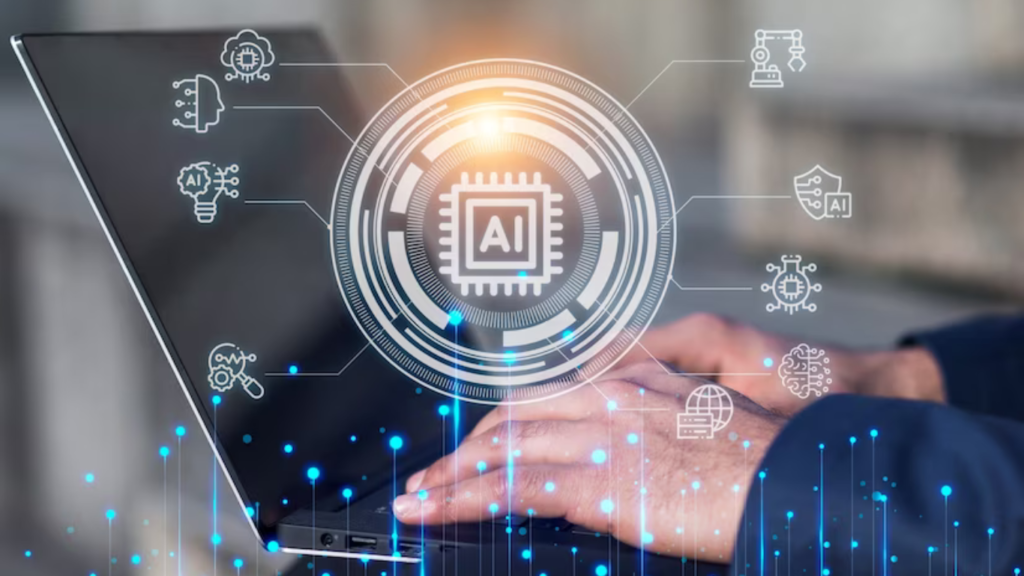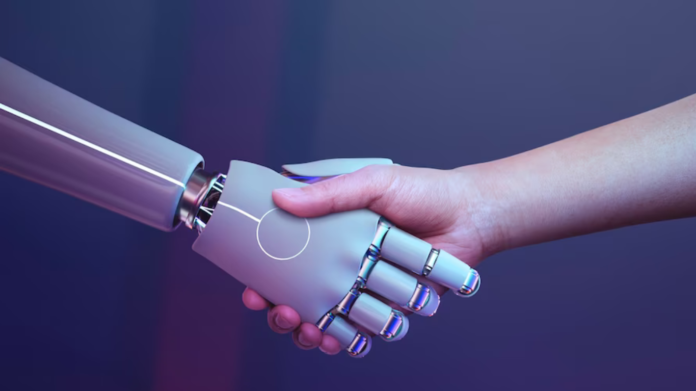Since the launch of ChatGPT or GPT-3 late last November by OpenAI, AI (Artificial Intelligence) has been a buzzword that almost anyone who uses the internet is aware of and given the dose of Sci-Fi movies based on AI, there has been a bit of cynicism related to AI as well.
But let’s look at this topic, especially the generative branch of AI, objectively, and see what generative AI is, the use cases, challenges or concerns that it presents and the opportunities, mainly investment opportunities in the field.
Now let us take a look at generative AI. It is a set of algorithms (collection of steps) which can generate new sets of content like text, audio, video, images, etc. It uses neural networks to identify patterns and structures in the data that is input and generates the new content as output.
Generative AI in Software Development
AI can be utilized in different aspects of software development.
- It can be used in repetitive tasks like auto-completion, automating the documentation of the code functionality and more. Thus freeing the developers to focus on more important tasks from the business standpoint.
- It can also help the developer kickstart the coding process by giving certain prompts to the developers so that they can start the tasks without much starting trouble.
- It can fasten the process of updating the existing codebase to newer standards and conventions without much intervention from the developers.
All of the above things can help developers spend more time on important things like bug-fixing, integration with other applications, ensuring whether the applications meet the security standards of the organization and more.

Generative AI in Software Testing
There are many use cases of Generative AI in Software Testing otherwise known as Quality Assurance.
- Test generation could be automated to save time, effort, and resources
- The code coverage i.e., the number of test scenarios that could be covered could be increased to a very large extent thus enabling the organization to increase its security and other aspects
- One of the most important aspects is that the consistency of the tests could be maintained.
- The more scenarios that the generative AI systems are presented with, the better they can get in generating tests that are accurate.
- This also helps speed up the DevOps practices in the software development lifecycle.
Generative AI in Cloud Computing and DevOps
- It can be used in creating infrastructure code templates such as Terraform and CloudFormation scripts enabling the provisioning of cloud resources.
- It could be used in automating and reviewing the performance of the overall DevOps pipeline.
- It could help in better root cause analysis of the IT issues that already took place.
- It could help gather better data on the overall IT environment which helps in making business decisions regarding the environment.
- It can be used in IT capacity planning.
- It can be used for performance monitoring and utilization of IT resources helping to reduce unplanned service outages and downtimes, helping to avoid SLA breaches.
- It can be used in dashboard generation
- It can be used in the utilization of different services in Cloud computing like SASS, PAAS etc.
Generative AI in Data Science and Data Analytics
- There are many uses of AI in the above-mentioned fields. Let’s look at each of them.
- Generative AI can help to analyze large amounts of data easily and with precision. Helps analysts and scientists to identify trends from larger datasets and also helps to make decisions faster.
- It can take care of the repetitive functions and tasks thus freeing up a lot of time to work on advanced and complex stuff.
- They are generally more accurate than traditional methods.
Generative AI in Cyber Security
There are many applications for Generative AI in Cybersecurity. They are as follows:
- It helps to continuously improve the threat detection capacity of organizations. Also, as they can process large sets of such data, they could learn the different patterns of threat detection over a certain period.
- They can be used for vulnerability assessment which helps to find the weaknesses of an organization in terms of cybersecurity. It uses predictive analysis for the same.
- Another area where generative AI can be used is to monitor for cyber-attacks, quickly identify their characteristics, initiate appropriate responses and send them to the relevant stakeholders.
- It could help in log analysis
- It can also be used to create a correlation between cyber alerts
- They can be also used to analyze the network traffic and send messages to the stakeholders to take necessary steps based on the analysis.
Taking everything mentioned above into consideration, we could safely say that just like any other technological advancement, AI has both its risks and opportunities, and it is in the hands of the companies which are contributing to the new wave of Generative AI. The consumers of these technologies and the policymakers should check how well they are able to maximize the opportunities presented and minimize the impact of the downsides of this new technology.
Article by Jaison






